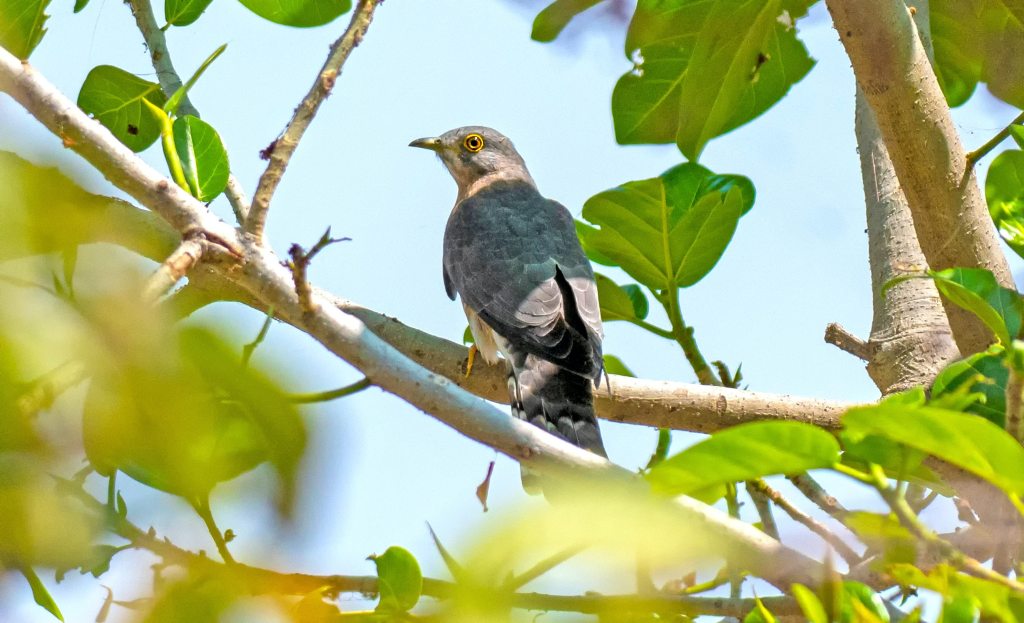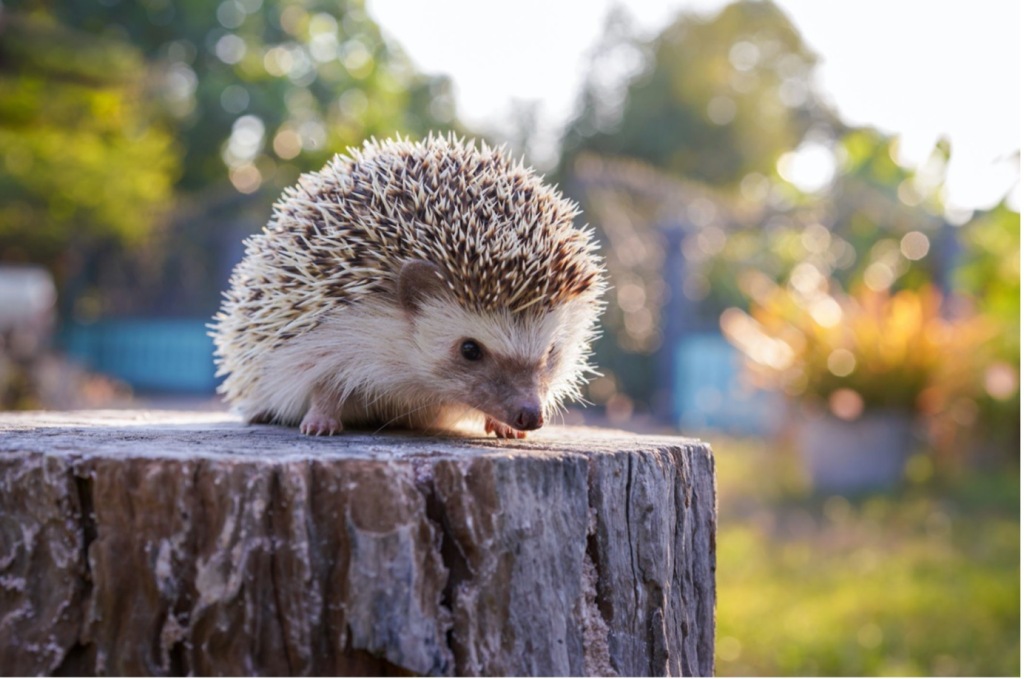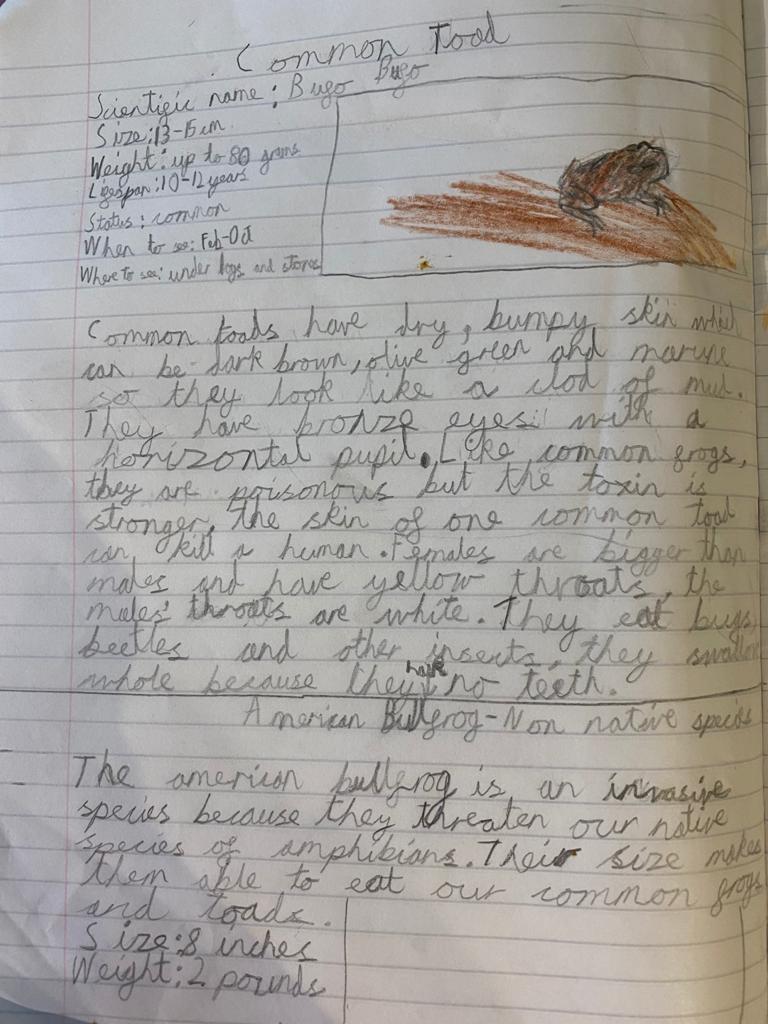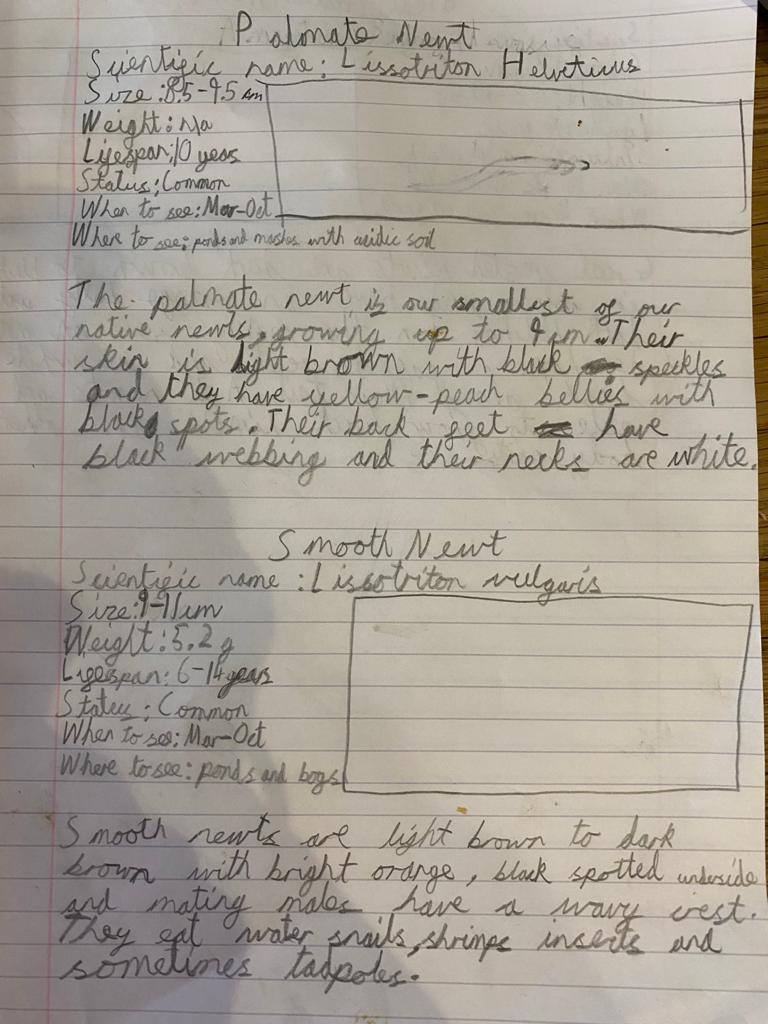We can all be home scientists just by observing and recording what is going on around us. Many organisations rely on citizen science (aka crowd science) to get data. This data can make a real difference to where organisations might start projects, what they might ask the government to change and the money they might be able to get to fund their work.
You can have a major role in these citizen science projects. Right now conservation organisations across the UK are asking individuals like you to help them with their important conservation work. There is no way that without members of the public these groups can get a real picture of animal, plant or insect populations right across the country. Take a look at the studies you could be a part of right now:
Butterfly Conservation’s Big Buttery Count
From now until 7th August Butterfly Conservation are asking you to spare 15 minutes to identify and count the butterflies and day flying moths in the area where you are. This could be out on a walk or in your local park or back garden.
Swift Mapper
The RSPB together with other conservation groups are asking us to record swift numbers on their Swift Mapper. This time of year, you might hear the screaming of swifts up and down the streets where you live. These incredible birds travel all the way from Africa to nest here in the UK and the RSPB want to know if you hear groups of swifts (called a screaming party), if you know where there is a nest or even a swift nest box.
Great Eggcase Hunt
If you are heading to the beach this summer, the Shark Trust are interested in the shark and ray egg cases you might find on the shoreline. Known as mermaid’s purses these fascinating egg shells can be seen all over beaches in the UK and will give the Shark Trust a good idea of how different populations of sharks and rays are doing in our waters.
National Bat Monitoring Programme
The Bat Conservation Trust would like your help to keep a track of where the bats are hanging in the UK. They have a number of different monitoring projects they want you to get involved with. You can do a sunset survey, a night watch or a boost count if you have a bat roost near you. If you know how to use a bat detector – the device which can pick up the bats high pitched calls – you could also take part in a full survey.
Mammal Mapper
If you love our furry four legged friends you might want to take part in the Mammal Society‘s Mammal Mapper app. You can record the signs of mammals – such as dropping, footprints or the mammals themselves, when out and about on a walk, run, cycle or even as a car passenger. The Mammal Society are asking all citizen scientist to help them collect this important biological data so they can keep an eye on mammal populations.
Every Flower Counts
White clover, self-heal or something rarer – what wonders are cropping up on your lawn or greenspace this July? Take part in #EveryFlowerCounts to find out. It’s fun, free and helps Plantlife to better understand our grasslands. The second Every Flower Counts survey starts today and says it runs until the 17 July, though we believe you can still submit your results at the moment. No matter how you’ve been managing your lawn, or whether you took part in the first survey in May, you can still take part and find out how many pollinators are benefitting from the floral feast you’ve created. Click here to take part.
These are just some of the ways you can help conservationists across the UK to help protect our beautiful and diverse animals. If you come across any more then please comment on this blog and we can share. Or email us at hello@greenercuckfield.org
by Nicola Brewerton







